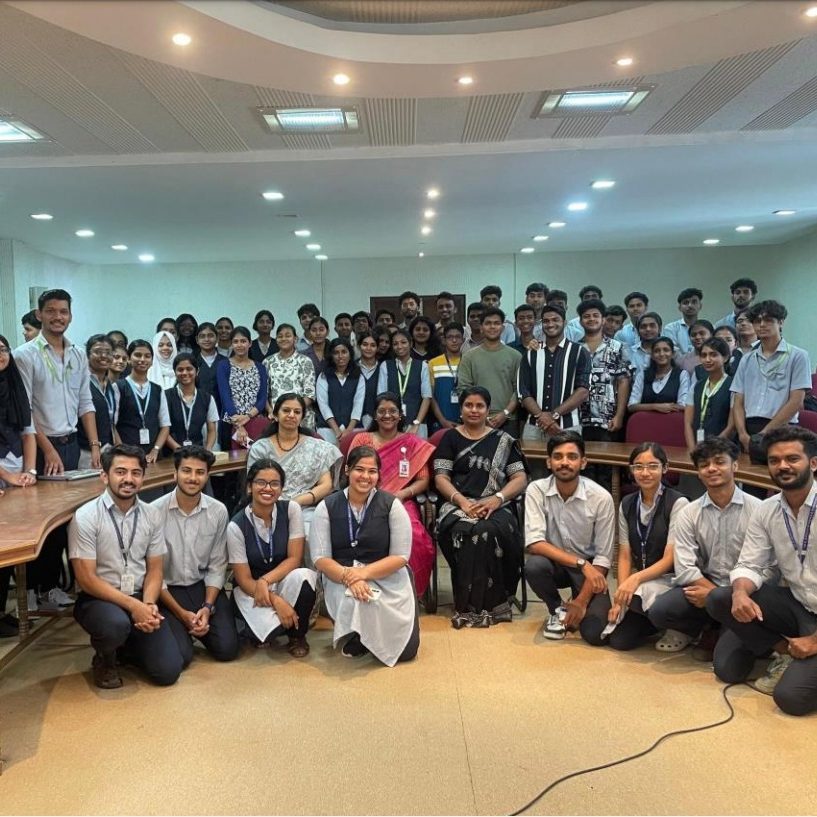Dr. Martin Gilje Jaatun is a Senior Scientist at SINTEF Digital in Trondheim, Norway, and an Adjunct Professor at the University of Stavanger. He graduated from the Norwegian Institute of Technology (NTH) in 1992 and holds a Dr.Philos. degree from the University of Stavanger. Previous positions include senior consultant at System Sikkerhet AS, scientist at the Norwegian Defence Research Establishment (FFI), and Senior Lecturer in information security at the Bodø Graduate School of Business. He is vice chairman of the Cloud Computing Association (cloudcom.org), vice-chair of IEEE TCCLD, vice-chair of IEEE CS STC Blockchain, and a Senior Member of the IEEE. He is also an IEEE Cybersecurity ambassador.
Email: gilje@ieee.org
DVP term expires December 2024
Presentations
An introduction to cybersecurity and industrial applications
Stuxnet may have been the first “I told you so” moment for security experts who have been crying wolf about lack of security in industrial applications since the previous millennium, but there have been a number of equally serious incidents in the recent past. This talk will give a brief introduction to some of these incidents, highlighting important trends and the need for increased vigilance.
Introduction to Software Security
Software security means creating software in such a manner that it continues to operate as expected, also under malicious attack. This talk will outline the difference between security bugs and architectural flaws, and provide examples of software development activities that contribute to better software security.
5 things that you should not use blockchain for
The Bitcoin cryptocurrency keeps cropping up in the news. Cryptocurrencies are based on blockchain, a digital, public distributed ledger. The main motivation for cryptocurrencies relates to uncertainties related to intermediaries. Many are now advocating using blockchain as a universal solution for transactions, whether it is goods, services, or information that needs to be transferred or exchanged. Unfortunately, it’s not that simple.
Some people compare blockchains to giant spreadsheets, where all transactions between given parties are registered and approved. Every time a new transaction is performed, it is added to the blockchain – and also copied to all users. The result is a solution that is independent of intermediaries – all the blockchain participants have the same information at a given time, which enables making the majority to adjudicate any disagreements.
Running a blockchain is not free, however, and there are some strict requirements on the operations the users must perform. This contributes to making blockchains unsuited to fulfilling some of the expectations they are met with. In this talk, we will briefly cover the basics of what a blockchain is, and then go on to describe five application areas where blockchain probably cannot provide a good solution.









